Rising Incidence of Breast Cancer
The increasing incidence of breast cancer is a primary driver for the Breast Cancer Liquid Biopsy Market. According to recent statistics, breast cancer remains one of the most prevalent cancers among women, with millions diagnosed annually. This rising trend necessitates innovative diagnostic solutions, such as liquid biopsies, which offer a less invasive alternative to traditional tissue biopsies. The Breast Cancer Liquid Biopsy Market is expected to expand as healthcare providers seek efficient methods for early detection and monitoring of the disease. Furthermore, the growing awareness of breast cancer and its symptoms among the population contributes to higher screening rates, thereby increasing the demand for liquid biopsy tests. As a result, the market is likely to witness substantial growth in the coming years.
Increased Investment in Cancer Research
The surge in investment for cancer research is a crucial driver for the Breast Cancer Liquid Biopsy Market. Governments, private organizations, and philanthropic entities are allocating substantial funds to advance cancer research initiatives, particularly in the realm of early detection and treatment. This influx of capital supports the development of innovative diagnostic tools, including liquid biopsies, which are gaining traction for their potential to revolutionize cancer care. The Breast Cancer Liquid Biopsy Market stands to gain from these investments, as they facilitate clinical trials and the validation of new technologies. As research continues to uncover the complexities of breast cancer, the demand for effective diagnostic solutions is expected to rise, further propelling market growth.
Advancements in Liquid Biopsy Technology
Technological advancements in liquid biopsy methodologies are significantly influencing the Breast Cancer Liquid Biopsy Market. Innovations in next-generation sequencing, digital PCR, and other molecular techniques have enhanced the sensitivity and specificity of liquid biopsies. These advancements allow for the detection of circulating tumor DNA and other biomarkers with greater accuracy, facilitating early diagnosis and treatment monitoring. The Breast Cancer Liquid Biopsy Market is poised for growth as these technologies become more accessible and cost-effective. Additionally, ongoing research and development efforts are likely to yield new applications and improve existing methodologies, further driving market expansion. As healthcare systems increasingly adopt these advanced technologies, the potential for improved patient outcomes becomes more apparent.
Growing Demand for Personalized Medicine
The shift towards personalized medicine is a significant factor propelling the Breast Cancer Liquid Biopsy Market. As treatment regimens become more tailored to individual patient profiles, the need for precise diagnostic tools that can provide real-time insights into tumor dynamics is paramount. Liquid biopsies offer the advantage of monitoring genetic mutations and treatment responses without the need for invasive procedures. This trend aligns with the broader movement in oncology towards personalized treatment strategies, which are expected to enhance patient outcomes. The Breast Cancer Liquid Biopsy Market is likely to benefit from this growing demand, as healthcare providers increasingly recognize the value of liquid biopsies in guiding therapeutic decisions and optimizing treatment plans.
Regulatory Support for Liquid Biopsy Approvals
Regulatory support for the approval of liquid biopsy tests is a vital driver for the Breast Cancer Liquid Biopsy Market. Regulatory agencies are increasingly recognizing the importance of liquid biopsies in cancer diagnostics and are streamlining the approval processes for these innovative tests. This supportive regulatory environment encourages manufacturers to invest in the development of new liquid biopsy products, knowing that there is a pathway for market entry. The Breast Cancer Liquid Biopsy Market is likely to experience accelerated growth as more tests receive regulatory clearance, thereby increasing their availability to healthcare providers and patients. This trend not only enhances competition among manufacturers but also fosters innovation in the development of more effective diagnostic solutions.



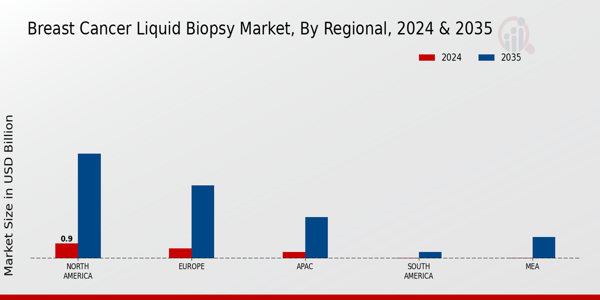
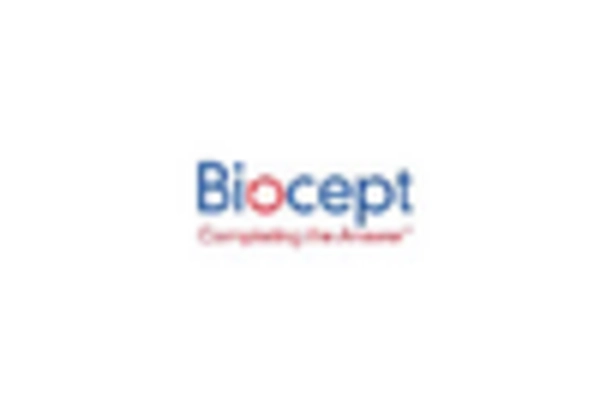

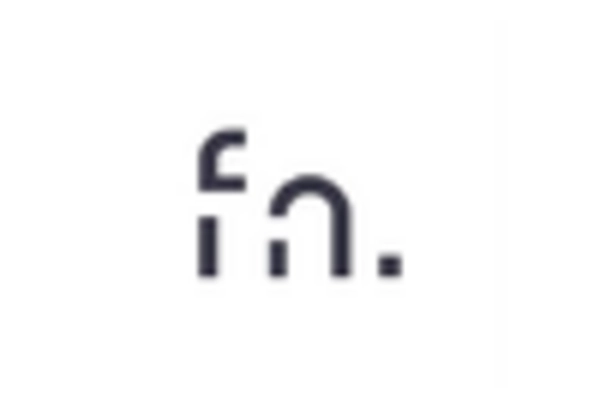

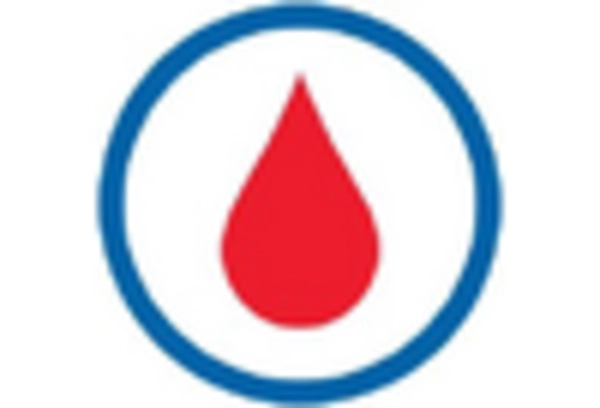
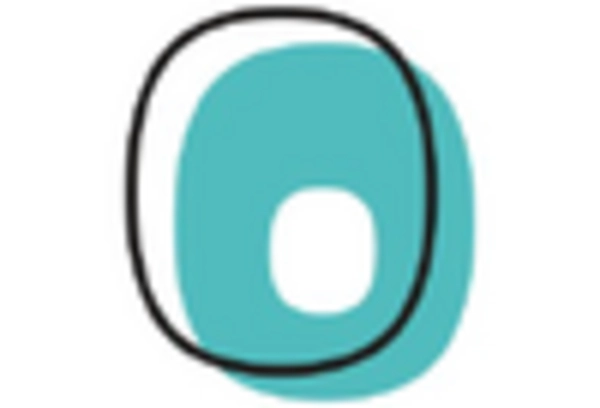








Leave a Comment